
Fear
Did You Hate the Ice this Winter? An Exercise in Reframing
We can start to hate the things we fear--like icy sidewalks. Reframing can help.
Posted March 21, 2015
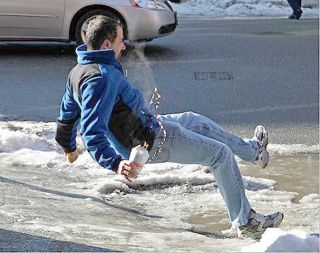
We’d all had just about enough of the ice. This year Northeast Ohio faced a February of record-breaking cold. And to top things off, we just couldn’t seem to get rid of the ice. Thick layers of the stuff entombed our cars, and we had to scrape and chip them out. A neighbor’s car slid down the driveway and got stuck in a snowbank--twice. I watched a dedicated jogger doing her best to trot along the side of the road, slipping over and over again, barely catching herself as cars sped by just a few feet away. Icicles moved past the pretty stage to the dangerous stage, capable of doing serious damage when they fell. People who I care about were fretting, falling, and feeling unsafe.
And then there’s the “black ice.” It’s a pretty sinister name. And yes, we get it: We know that the ice is not really black. It just looks black because it’s on the black asphalt of the road. But the dark association fits pretty well when what looks like a wet patch of pavement turns out to be a super-slick patch of ice, threatening a spinout or wipeout when you least expect it. About a month ago I met a lovely, kind, gracious woman in the doctor’s office whose life had been inexorably changed a year before: She was seriously injured and had to stop working after slipping and falling on black ice.
So this winter, many of us around here were getting downright phobic about the ice. Our fears loomed larger and larger, and the ice became more and more threatening in our minds.
In addition to feeling intense fear, we can start to feel angry at these things that cause us pain and dread. Studies by Laura Thompson and her colleagues have shown that people can get angry at natural forces like tornadoes and tsunamis—so why not ice? We can really start to hate it. I sometimes find that I'm thinking of the ice as being almost like my personal enemy--a nemesis of sorts. I’ll hear myself saying things like, “I can take the cold and even the snow, but I just CAN'T STAND this ice!!!”
Eventually, after I had seen, heard, experienced, and said so many negative things about the ice, I started to feel a need to make peace with it somehow. So I turned to a technique that psychologists call reframing: After identifying my negative thoughts about the ice (seeing it only as a source of danger), I tried to consider more positive alternatives. I wanted to remind myself that ice, as an aspect of our natural world, can be beautiful and good.
Because images can have a powerful emotional effect on me, I decided to go on a quest for photographs--ones that captured beautiful aspects of ice. Here are just a few of my favorites.
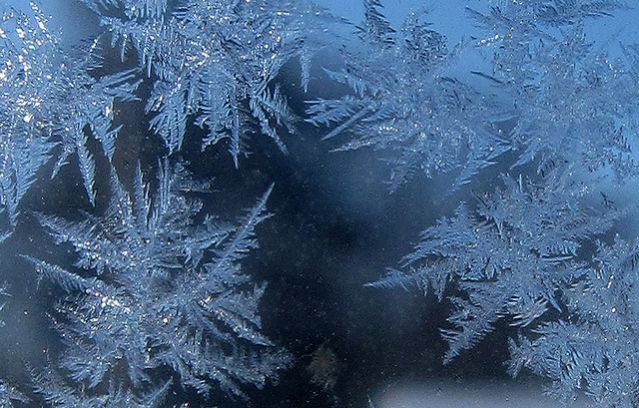
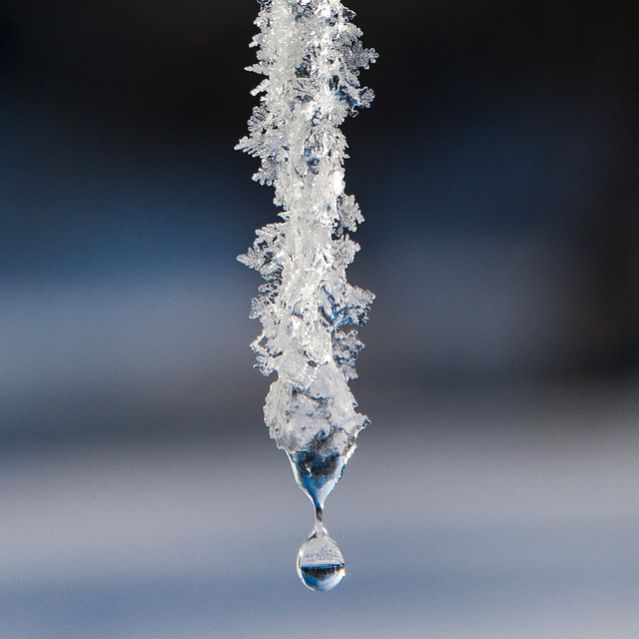
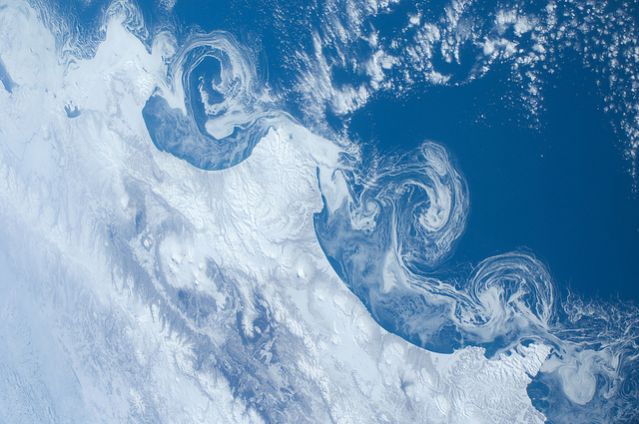
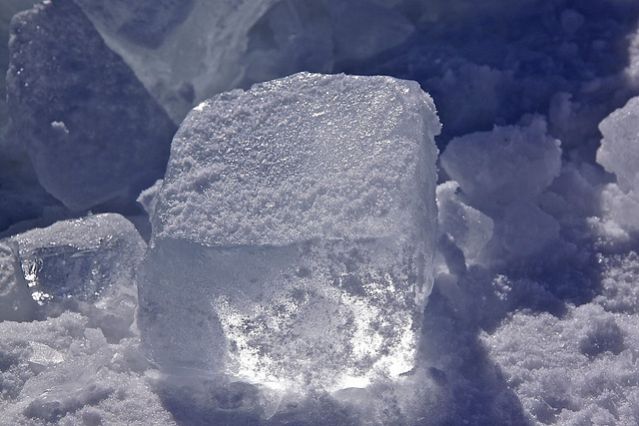
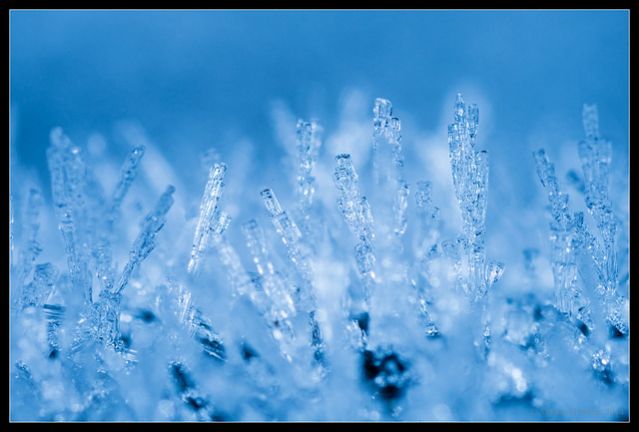
Reframing is not a magical technique, of course. It's not as though I suddenly made myself able to enjoy and appreciate all forms of ice. I still would prefer not to walk on icy sidewalks or drive on icy roads.
But at the same time, there is so much beauty in the ice. It really was worth it to take a closer look.

